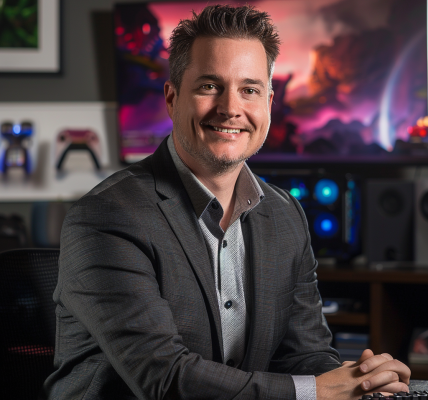In a remarkable study highlighting the intricate relationships within ecosystems, scientists have uncovered the long-term effects of a unique experiment conducted shortly after the catastrophic eruption of Mount St. Helens in 1980. This investigation reveals how a seemingly simple intervention involving gophers has significantly influenced the recovery of plant life in the area over the past four decades.
When Mount St. Helens erupted, it unleashed a torrent of lava, ash, and debris, transforming the landscape into a barren wasteland. The eruption obliterated the upper layers of soil, leaving behind a challenging environment for plant life to thrive. However, researchers saw a potential opportunity to accelerate ecological recovery through the introduction of gophers, small burrowing rodents often dismissed as pests.
In the immediate aftermath of the eruption, soil health was a critical concern. While the topsoil was devastated, the underlying layers still harbored beneficial microorganisms such as bacteria and fungi, essential for nutrient cycling and ecosystem functions. According to Michael Allen, a microbiologist from the University of California Riverside and co-author of a recent study, these microorganisms play a vital role in supporting plant life, especially in nutrient-poor environments. “With the exception of a few weeds, there is no way most plant roots are efficient enough to get all the nutrients and water they need by themselves,” he explained. The fungi serve as a conduit, transporting nutrients to plants in exchange for carbon, which they require for their growth.
In a bold move, researchers decided to transport local gophers to the devastated area for a single day, hypothesizing that their natural behavior could aid in soil recovery. The gophers were placed in enclosed plots where they could dig and interact with the pumice-laden soil. This unconventional experiment was designed to assess whether the gophers could help bring nutrient-rich soil to the surface, facilitating the regrowth of vegetation.
Despite their brief stay—just one day in the harsh environment—the impact of the gophers was profound. Six years after their day trip, the areas where the gophers had worked showed a dramatic increase in plant life, with over 40,000 plants flourishing in the previously barren landscape. In stark contrast, the surrounding areas remained largely devoid of vegetation, underscoring the gophers’ pivotal role in the recovery process.
Fast forward to 40 years later, researchers revisited the site to assess the long-term ecological consequences of the gopher experiment. What they discovered was astonishing: plots that had experienced historic gopher activity were home to a more diverse array of bacterial and fungal communities compared to the surrounding old-growth forests. Additionally, these areas exhibited richer fungal diversity than those in forests that had been clear-cut in the past.
The findings emphasize the crucial role that small mammals can play in ecosystem dynamics, particularly in the context of ecological recovery after disturbances. The gophers not only facilitated immediate plant growth but also contributed to the establishment of a more resilient and diverse ecosystem over the decades.
This study serves as a reminder of the interconnectedness of life within ecosystems and the potential for even the smallest creatures to make a significant impact on environmental recovery. As scientists continue to explore the intricate relationships between organisms and their habitats, the legacy of the gophers at Mount St. Helens stands as a testament to the power of nature’s resilience and adaptability.





